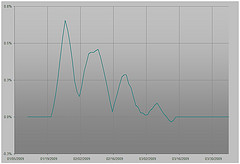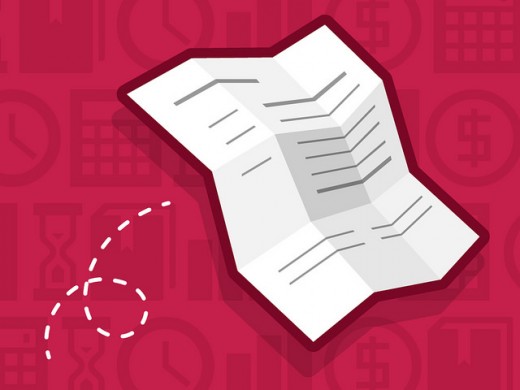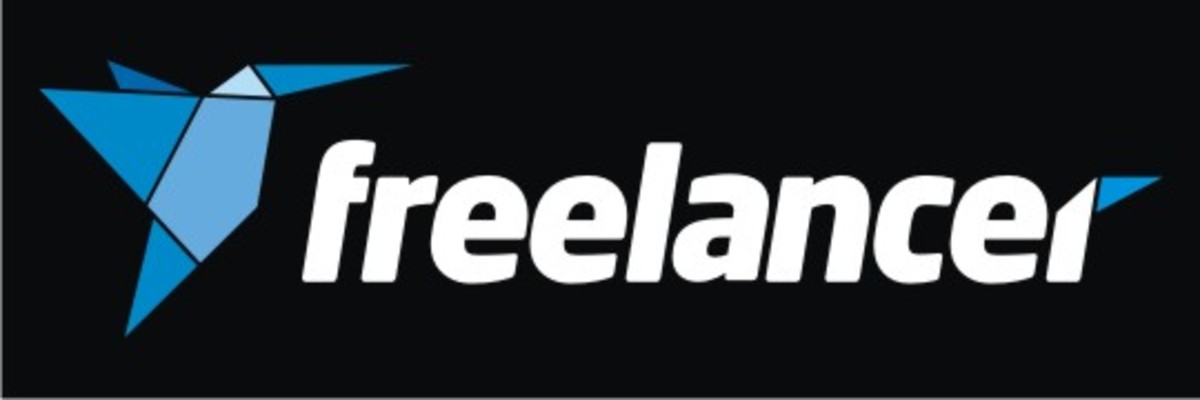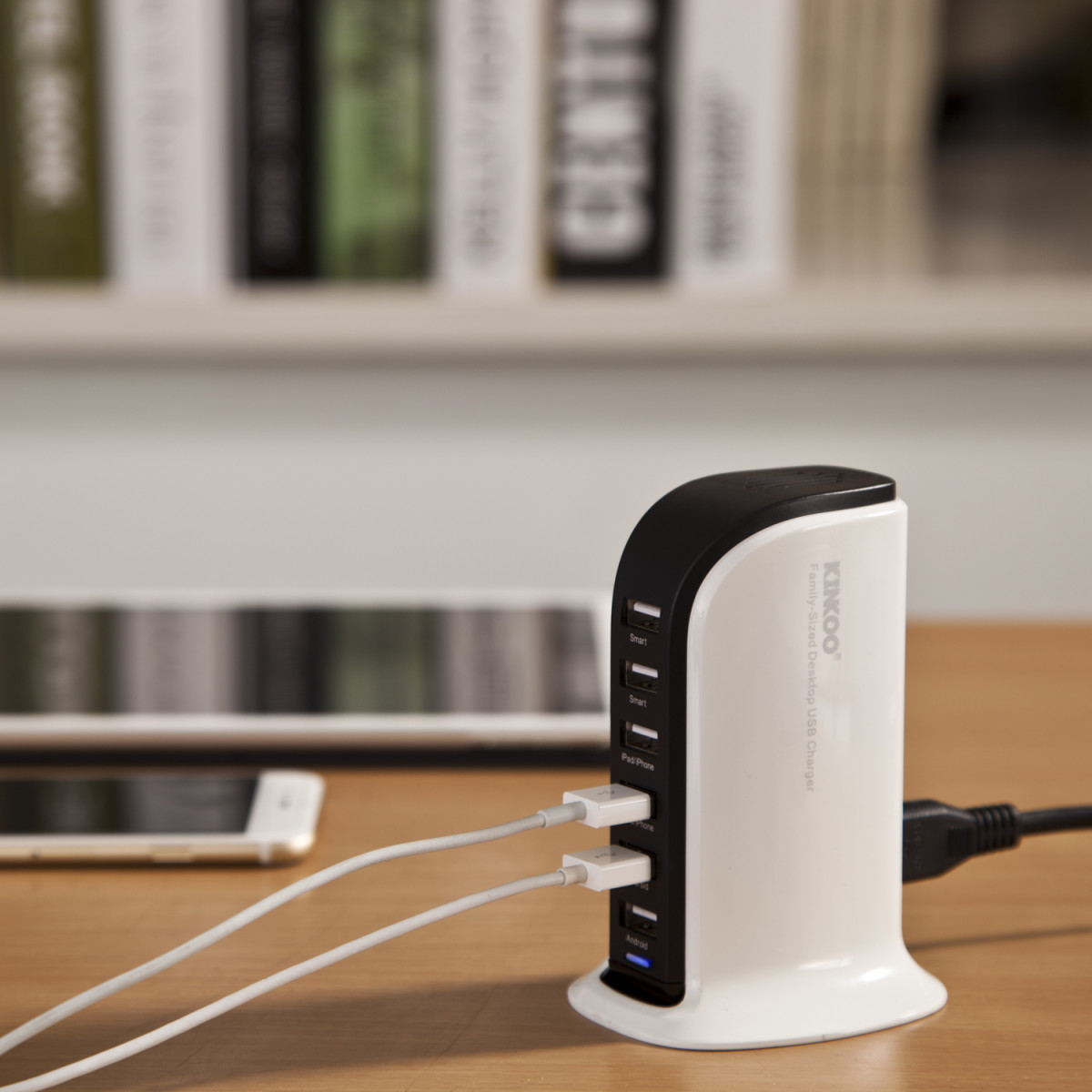How Much to Charge for Web Design
I freelanced in college, and because at the time I had never worked for an agency, I had absolutely no idea how much to charge. So, I went with a rate that seems like more than enough. In fact, it was three times as much as I would make at any part-time job at the time: $25/hour.
That's a lot, especially for some college kid, right?
After a few years, I came to realize that $25 in the freelance world is pretty close to minimum wage, or event lower. After higher taxes (U.S.) and the non-billable hours needed running your own gig, $25/hr is chump change.
So post-college I decided to give freelancing a try full-time. I mostly figured I didn't have enough billable clients to earn enough, and still didn't realized that I wasn't charging enough. So I worked, and worked, and worked. I landed more clients and made more money -- but it was still a laughable amount -- about $20,000 per year.
I finally faced facts, it wasn't enough.
I decided to enter the agency world because 1) I was broke and going nowhere and 2) I wanted to learn how they did it so successfully.
Between working for successful agencies, meeting other successful freelancers, and trying again, here is what I learned about pricing yourself for web work.

What's a Good Rate?
Rates clients are willing to pay will change based on their financial situation. Don't let those factors change what you need to charge for your situation.
Quick answer: charge anywhere from $75/hour for simpler services, and $125/hr for more advanced services.
Some freelancers choose to have a flat rate for everything, including communication time, research, wireframing, design, or programming. Others choose to vary their rates as a selling point.
Neither option is incorrect, do what works for you. Do make sure you're charging for everything. A client will keep phone calls short and meaningful if they're being charged! Charging for every bit of communication, research, and active work helps to keep things moving forward.
And why shouldn't you charge for those things? It's work, is it not?

"That's a Little Steep"
Many new freelancers fall into the trap of charging to little is because early on they have a potential new client contact them, hear their rate, and hear the dreaded words, "that's a little too steep, can you go any lower?"
So we go lower to land the client, and end up working the same rate as if we had a part-time job at McDonald's.
Find a rate that works for you, and stick to it. Don't settle.
For very large or ongoing projects, it is normal to give a rate discount, but don't settle on discounts for new work or average sized projects. Discounted or not, it has to be a fair rate.
For every potential client that isn't willing to pay you a fair rate, there are ten more who understand the value you are providing.

Hourly vs. Project Pricing
The ultimate question: do you quote hourly or per project?
I used to be a strong believer in per-project pricing, with the mentality, "if you get better at what you do and can complete the same work faster, why punish yourself?"
I no longer believe in this and all projects should be done hourly, with an educated estimate up front. Charging hourly prevents scope creep.
- Estimate a project to the best of your ability based on how many hours it will take. Estimate enough hours for thinking time, research, communication, and doing an above-average job. Over-estimate from the bare minimum product, and instead estimate for a quality job.
- Do the work to the best of your ability within the range of the estimate.
- Let the client know when scope creep is happing, or if the project is simply just taking longer than expected. Let them know excess from the estimate will begin taking place.
If you get better at what you do, you will be able to do the same quality work in less time. That's not the point though, is it?
You want to increasingly have better projects in your portfolio. In fact, the more skill you have, the more you can charge hourly, as well as add more features to projects -- only increasing your standard of living.
Don't spend less time on projects -- spend better time on projects as you improve.

Upsell Your Value
Most clients aren't looking for a quick service. They're looking for consultation; they are looking for someone with skills they themselves, or their high-school aged cousin, can't do.
Provide an adequate review of their current situation or problem. Tell them you can offer rebranding services as well, tell them you can cut up the design you offer, or let them know about A/B testing, analytics, and other research methods that will give them a better product in the end.
Introduce clients to new technologies and trends. Tell them their current situation is broken, if it is. Tell them you can fix it.
Much of the time, if they are hiring you to do web work, but they don't know what else can improve the digital or branding side of their business, other a new web design.
Don't be shy. Business is about selling the value you really have.
I lot of web designers chose their professions because they are introverted, but don't let that stop you! Practice makes perfect -- don't be afraid of client calls, pushing your value, and pushing your prices.
Speak to them of your real value, and why your price is what it is.

Professional Invoicing and Financial Management
Invoicing is at the heart of getting paid on time. If you make getting paid difficult or surprising for your client, you'll constantly get paid late, or not at all.
- Use professional invoicing software. Freshbooks or Quickbooks are great places to start.
- Learn the basics of accounting for your business. Take a course at a community college or learn online.
- Create RFP's or some other written agreement of the work, as well as contracts that contain payment terms. This will get the scope of work in writing to reference later for charging more or to stop scope creep in it's tracks.
- Stop using "Net 30" or even having no deadline on invoices. Place a specific due date!
- Ask your contact who to send the invoice to. It may not be your main contact -- make sure your invoice doesn't get lost.
If an invoice comes more than a week past due (aka, it definitely wasn't just 'in the mail'), then follow up politely a few times. Most of the time, it was forgotten about, or they will know who to get in touch with to see if it was lost in the process.
If it was simply a lost invoice, ask how you can better prepare next time to avoid the same situation, as in sending it to another contact, sending it physically vs. digitally, etc.
Still can't get in touch after a few more weeks? Move up the ladder to the contact's bosses -- do what you need to get paid. You may lose this client as a recurring one, but what's the point if you spend have your time with them chasing checks?
Help new designers! Share anonymously.
What is your hourly rate?
There's a lot to learn about getting paid on time. Freelancing is a risky business, just for that fact.
Keep learning about what to charge, how to get paid, and build a set of clients that you know pay. Keep working on your skills too -- get better at what you do and charge accordingly.
Happy web work.








